The military time and military Date Time Group (DTG) format is used in everything from operations orders to airlifts, and it is essential for every service member to know how to put together a Date Time Group (DTG) format correctly.
In fact, a date-time group (DTG) is a set of characters, usually in a prescribed format, used to express the year, the month, the day of the month, the hour of the day, the minute of the hour, and the time zone, if different from Coordinated Universal Time (UTC).
How to write a DTG format?
Often referred to as army or military date format, the Date Time Group (DTG) is traditionally formatted as DDHHMM(Z)MONYY
An example is 630pm on January 6th, 2012 in Fayetteville NC would read 061830RJAN12
DD-Day of the month (e.g. January 6th=06)
HHMM- Time in 24 hr format +military time zone (e.g. 6:30pm in =1830).
Z- Military identifier- see below for a complete list
MON- 3 digit month code, (e.g. January= JAN)
YY- 2 Digit year, (e.g. 2012= 12)
Military Time Code
The military time zone is used as a representation to Coordinate Universal Time (UTC) which is based on hours + or – Greenwich Mean Time (GMT) which is considered hour 0.
In military time code reference, Greenwich Mean time is referred to as Zulu (Z). In operations spanning multiple time zones, Zulu will be used to give all operating units a time zone to adjust their time to so that everyone is on the same page.
One common mistake when using the military time code is to use “L” as Local time. In fact “L” is used to represent the time code for UTC+11 which covers parts of Russia and Australia. When referring to your time zone be sure to see what your local code identifier is by using the reference below.
Military Time Code Letter Reference:
- UTC -12: Y- (e.g. Fiji)
- UTC-11: X (American Samoa)
- UTC-10: W (Honolulu, HI)
- UTC-9: V (Juneau, AK)
- UTC-8: U (PST, Los Angeles, CA)
- UTC-7: T (MST, Denver, CO)
- UTC-6: S (CST, Dallas, TX)
- UTC-5: R (EST, New York, NY)
- UTC-4: Q (Halifax, Nova Scotia
- UTC-3: P (Buenos Aires, Argentina)
- UTC-2: O (Godthab, Greenland)
- UTC-1: N (Azores)
- UTC+-0: Z (Zulu time)
- UTC+1: A (France)
- UTC+2: B (Athens, Greece)
- UTC+3: C (Arab Standard Time, Iraq, Bahrain, Kuwait, Saudi Arabia, Yemen, Qatar)
- UTC+4: D (Used for Moscow, Russia and Afghanistan, however, Afghanistan is technically +4:30 from UTC)
- UTC+5: E (Pakistan, Kazakhstan, Tajikistan, Uzbekistan and Turkmenistan)
- UTC+6: F (Bangladesh)
- UTC+7: G (Thailand)
- UTC+8: H (Beijing, China)
- UTC+9: I (Tokyo, Australia)
- UTC+10: K (Brisbane, Australia)
- UTC+11: L (Sydney, Australia)
- UTC+12: M (Wellington, New Zealand)
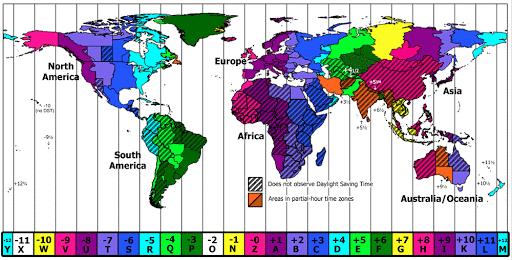
Military time format
Military time format makes reading and writing of time lot easier and more compatible for communication which is desirable for military use. It works on a 24- hour clock that starts at midnight which is referred to as 0000 hours, which means that 1:00 a.m. is now being 0100 hours, 2:00 a.m. being 0200 hours, etc. all the way to 11:00 p.m. being 2300 hours.
Military time format in fact is written with four digits, two for the hours and two for the minutes. Seconds are not normally used.
Convert military time
To convert regular time format to the military time format use the chart below:
|
|
Pronunciation
| Regular Time | Military Time | Military Time Pronunciation |
|---|---|---|
| Midnight (12:00 a.m.) | 0000 or 0000 hours | Zero-zero-zero-zero |
| 1:00 a.m. | 0100 or 0100 hours | Zero one hundred hours |
| 2:00 a.m. | 0200 or 0200 hours | Zero two hundred hours |
| 3:00 a.m. | 0300 or 0300 hours | Zero three hundred hours |
| 4:00 a.m. | 0400 or 0400 hours | Zero four hundred hours |
| 5:00 a.m. | 0500 or 0500 hours | Zero five hundred hours |
| 6:00 a.m. | 0600 or 0600 hours | Zero six hundred hours |
| 7:00 a.m. | 0700 or 0700 hours | Zero seven hundred hours |
| 8:00 a.m. | 0800 or 0800 hours | Zero eight hundred hours |
| 9:00 a.m. | 0900 or 0900 hours | Zero nine hundred hours |
| 10:00 a.m. | 1000 or 1000 hours | Ten hundred hours |
| 11:00 a.m. | 1100 or 1100 hours | Eleven hundred hours |
| Noon (12:00 p.m.) | 1200 or 1200 hours | Twelve hundred hours |
| 1:00 p.m. | 1300 or 1300 hours | Thirteen hundred hours |
| 2:00 p.m. | 1400 or 1400 hours | Fourteen hundred hours |
| 3:00 p.m. | 1500 or 1500 hours | Fifteen hundred hours |
| 4:00 p.m. | 1600 or 1600 hours | Sixteen hundred hours |
| 5:00 p.m. | 1700 or 1700 hours | Seventeen hundred hours |
| 6:00 p.m. | 1800 or 1800 hours | Eighteen hundred hours |
| 7:00 p.m. | 1900 or 1900 hours | Nineteen hundred hours |
| 8:00 p.m. | 2000 or 2000 hours | Twenty hundred hours |
| 9:00 p.m. | 2100 or 2100 hours | Twenty-one hundred hours |
| 10:00 p.m. | 2200 or 2200 hours | Twenty-two hundred hours |
| 11:00 p.m. | 2300 or 2300 hours | Twenty-three hundred hours |
The most notable difference between regular and military time format is the manner in which hours are expressed.
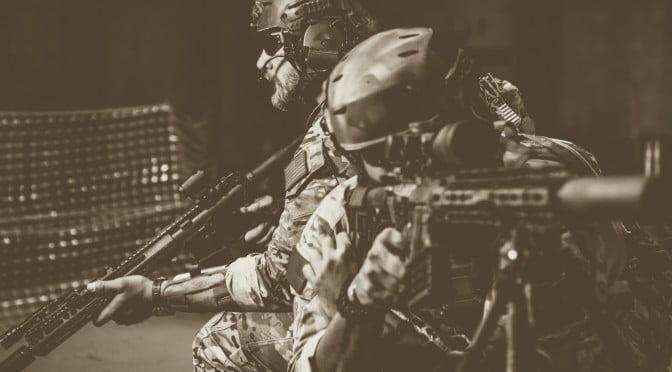
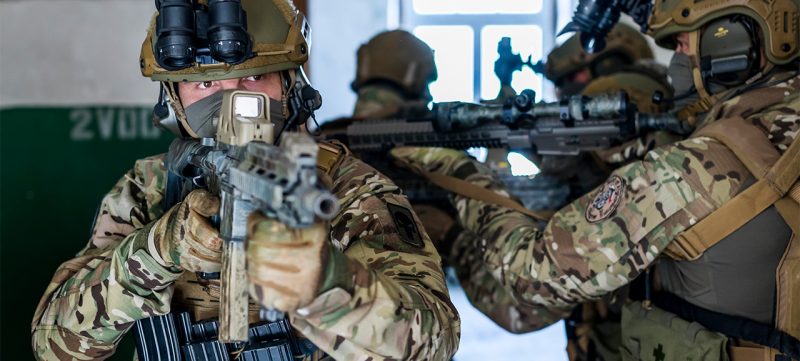
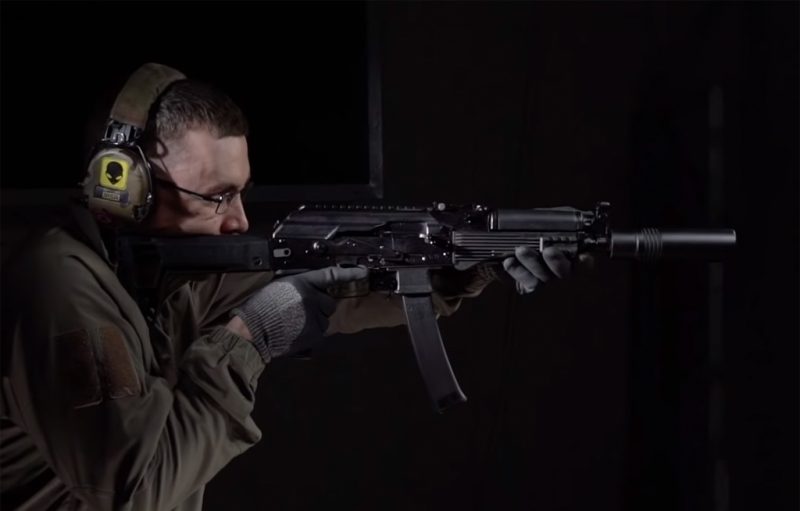

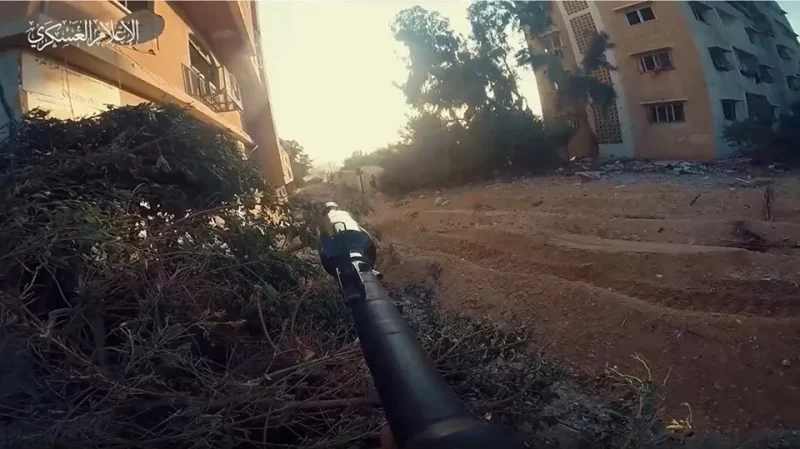
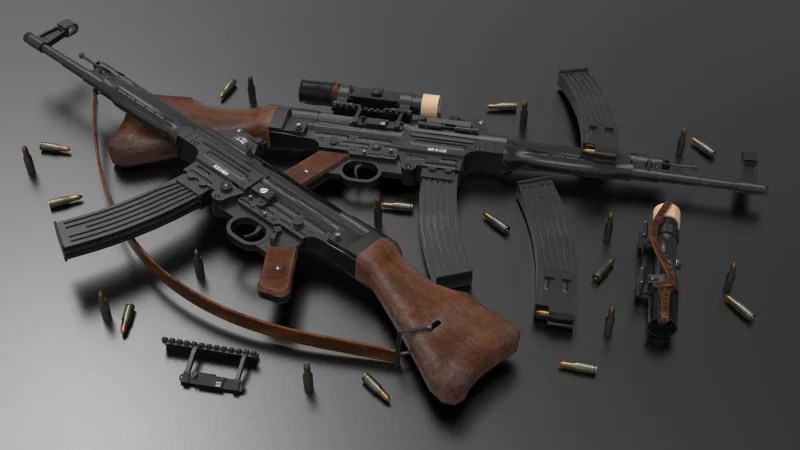
I am writing a short story in which a portion of the story takes place in 2 different time zones: EST and CST.
I want to present a timeline to show that event A takes place at 2:30am EST and event B takes place at 1:48am CST.
How do I indicate that in military(Zulu) time ? For example
0730 Zulu Military time ( 2:30 am, EST )
Marine Major AB’s phone rang in the morning at Eglin AFB, FL
0748 Zulu Military time ( 1:48 am, CST )
Major CD’s phone rang about 18 minutes later in Houston, TX
Do I have the Zulu Military time designations correct ?
Thanks !
If you want to use the Zulu designation in your Date/Time Group, you need to be consistent. You can express them both as Zulu, just make the conversion from DD0748SMMMYY to the appropriate time in Zulu, and change the time zone designator. You can also use the first one as DD0730RMMMYY. You can switch back and forth between zulu time, and local time, just change the time zone designator.
The Navy does not include uttering “hours” when pronouncing the time. We just plainly say “Thirteen hundred” (1300). This is drilled into every recruit in boot camp to which I personally experienced.
Hi, Looking for a little help if you can.
I want to write DTG for 28th May 1995 2242 in Sydney Australia.
I don’t think I have it right. 282242 (time zone Z?) may95
Could you please correct me.
Thanks
Susannah
It is worth noting that the use of 0000 for midnight is avoided in military use to avoid confusion with date comprehension. Either 2359 or 0001 is therefore used, which decades ago led rise to the popular myth that you had “2 mins” where you were in limbo and that the military did not “own you”.
Kind regards,
Chris Fawcett
Royal Air Force
I suggest adding to the time zone letter section
– 1/2 hour time zones (of which there are several around world) will us two letters, e.g. IK for South Australia and Northern Territory, DE for Afghanistan
– when 1 hour daylight savings is in force, the next letter to the East is used, etc.
Andrew
Adelaide
I have a cable from Suva Fiji dated 25 Sept 42 with an ID “time stamp” of 250206, which means 25th day at 2:06 am. My question. Is that 2:06 am local time or Zulu time? What time zone was used?